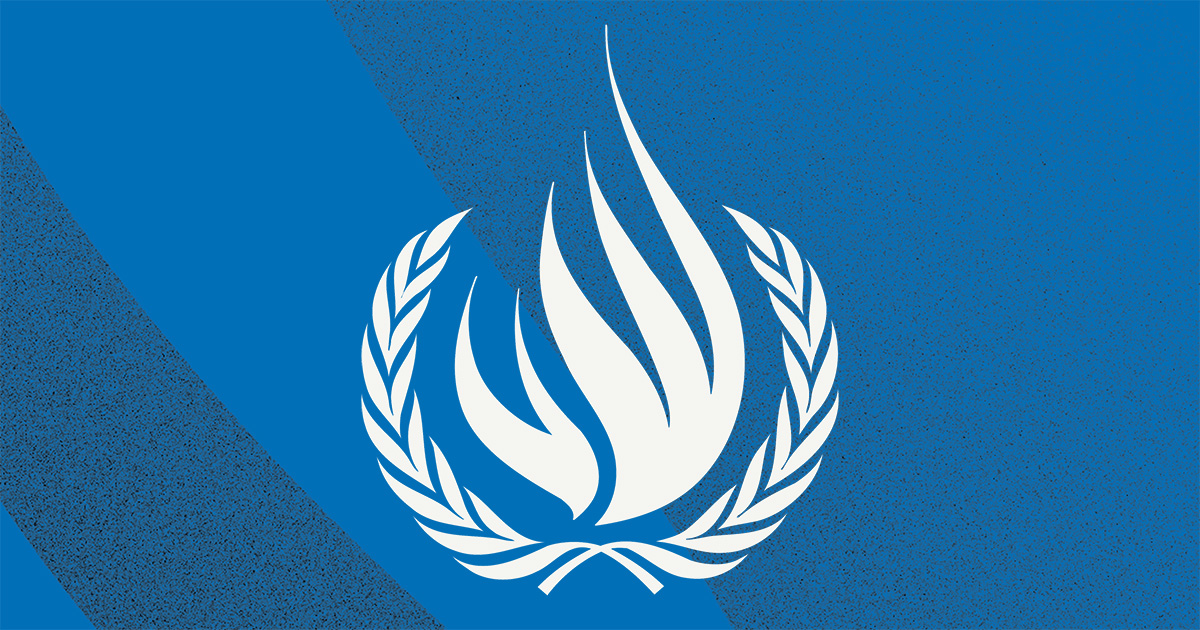
The plan for the largest mine in Papua New Guinea’s history carries a risk of catastrophic loss of life and environmental destruction and “appears to disregard the human rights of those affected”, according to United Nations officials.
In an extraordinary intervention, 10 UN special rapporteurs have written with “serious concerns” to the governments of Papua New Guinea, Australia, China, and Canada, as well as the Chinese state-owned developers of the gold, copper and silver mine proposed for the remote Frieda river in the country’s north.
The UN’s special rapporteur on toxic wastes, Baskut Tuncak – who has since retired from that role – and nine other senior UN officials, jointly signed letters in July “to express our serious concern regarding the potential and actual threats to life, health, bodily integrity, water [and] food”.
The letters ask for governments and the company, PanAust, to respond to key questions including an alleged “lack of information for free, prior and informed consent of the indigenous people” to the mine proceeding.
The mine, if approved and built, would be the largest in PNG’s history, and one of the largest in the world, covering 16,000 hectares. To be built on the Frieda river, a tributary to the Sepik in the north of New Guinea island, it is forecast to yield gold, silver and copper worth an estimated US$1.5bn a year for more than 30 years.
PanAust, 80% shareholder in the project, is an Australian-registered miner ultimately owned by the Chinese government, part of the state-owned Guangdong Rising Assets Management.
The UN rapporteurs argue the “the project and its implementation so far appears to disregard the human rights of those affected”.
There is particular concern a proposed dam to store up to 1,500 Mt of the mine’s tailings could break, destroying villages downriver.
“We remain concerned that critical information about the tailings dam, including the dam break analysis have been made neither publicly available nor available to affected community members and human rights defenders who requested it,” Tuncak wrote.
“The proposed location is a seismically active area. The risk of major earthquake causing damage to the dam will persist for millions of years.
“While termed by the proponents to be ‘very unlikely’, a failure of the tailings dam and the release of the toxic waste would be catastrophic resulting in loss of life and environmental destruction, as occurred with Ok Tedi environmental disaster.”
Tunak said he held concerns the project “threatens the cultural rights of the Sepik peoples … [and] could undermine the rights of Sepik children to life, health, culture and a healthy environment”.
The letters state some human rights defenders in the region have received death threats and been shot at by “unidentified individuals”. There is no suggestion this allegation is connected to PanAust.
The Frieda river mine project is now in its final stage of approval. The environmental impact study (EIS) submitted by PanAust is now with the PNG government’s conservation environment and protection authority (CEPA), which will decide on the mine’s future.
But PNG’s environment and conservation minister, Wera Mori, told the Guardian:“We do not want to see the Sepik river getting polluted – so… we have to be satisfied that in whatever form or the other, the tailings dam will not negatively impact on the Sepik river and its people.”
The PNG government did not reply to the UN special rapporteurs’ letter within the 60-day response period given. But Mori said: “The government is aware of the opinion of international observers and is working to ensure a win-win situation for all stakeholders concerned.”
Richard Pearshouse, head of crises and environment at Amnesty International, said the special rapporteurs’ intervention was “unprecedented” so early in a mine’s approval process.
“They’re obviously concerned because there are so many unanswered questions regarding what would be one of the largest mines in the world with a massive tailings dam in a seismically active area.”
Many of those who live along the Sepik river are firmly opposed to the mine.
In June, chiefs from 28 haus tambarans – “spirit houses” – representing 78,000 people living along the Sepik, formally declared they wanted the mine halted.
University student, Vernon Gawi, said: “I grew up with the river, drank it, ate fish and sago from it and it’s brought me to where I am now. I am worried about my future generations, and if the mine were to go ahead, what will they have left?”
The Guardian put detailed questions about the UN special rapporteurs’ concerns to PanAust, but did not receive a response before publication.
In its environmental impact statement for the Frieda river mine, PanAust said the “nation-building project … presents broad commercial and socioeconomic development opportunities for Papua New Guinea”.
The mine plan also includes a hydroelectric plant, power grid, and road, airport and seaport upgrades.
PanAust said it had engaged in “extensive and ongoing engagement … over several decades” with those affected by the mine, running information sessions in nearly 140 villages, attended by more than 18,000 people.
“Local opinions and issues have been sought through engagement campaigns … formal and informal meetings with village leaders, and through socioeconomic surveys conducted in villages between 2010 and 2018.”












